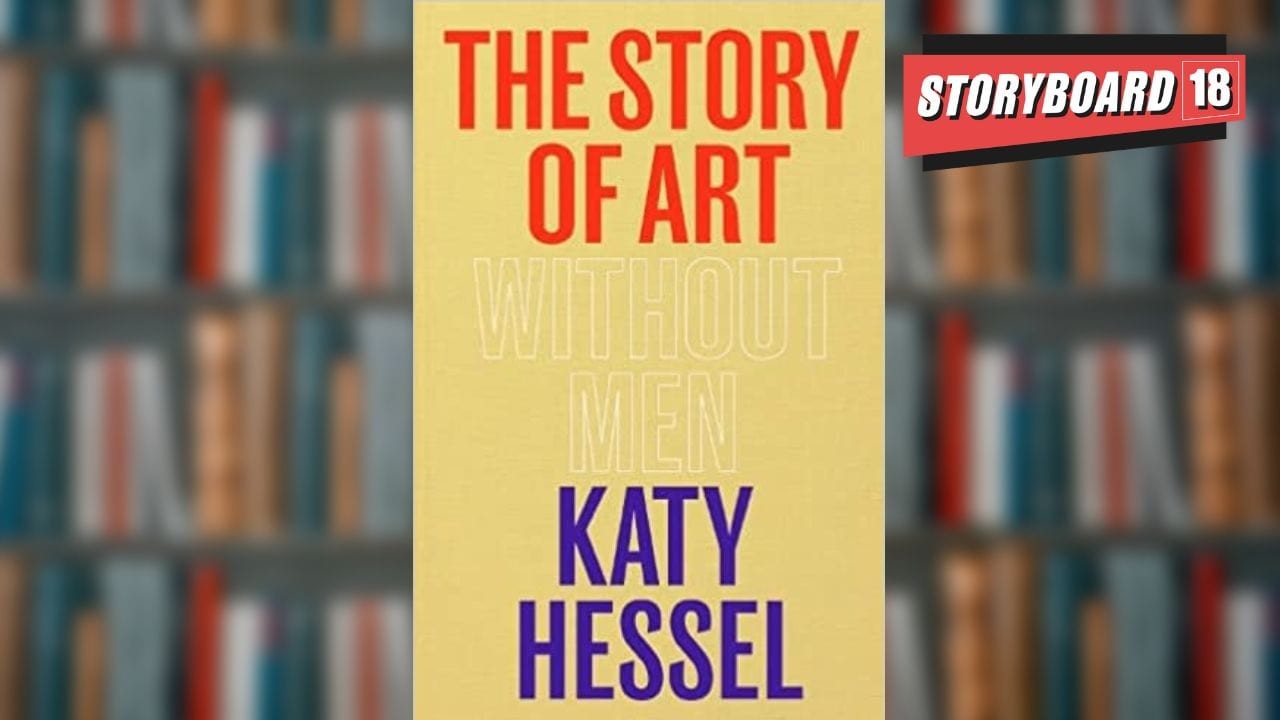Do women have to be naked to get into the MET museum?
The above headline screamed from a poster designed in 1989 by The Guerilla Girls, a group dedicated to exposing discrimination in the art world. In the same vein, we bring you a very interesting book ‘The Story of Art Without Men’ by Katy Hessel, to close women’s month. Ask yourself, when was the last time you referenced a woman artist in your conversations. A random Google search of the world’s best artist reveals the greats; Van Gogh, Michelangelo, Picasso, Dali and Rembrandt. Does this mean that women artists have uniformly been wanting in skill and vision?
This realisation hit Katy Hessel, when she walked into an Art Fair in 2015, where among more than a thousand paintings on display, not a single one was by a woman. Hessel is a famous art historian, educated at the reputed University College London (UCL). She has painstakingly chronicled a 500-year survey of art by women from the 1500s to 2020s, in her book.
Our five Bookstrapping insights are as follows –
1. First up, this is a very detailed book; even art lovers will be astounded at the detailing, as the book unravels in five parts. Hessel writes about various forms of art- photography, installation, immersion, performance art, textile art etc., and of course- painters.
2. This is NOT a feminist book – it just appreciates and chronicles a factually missed chapter in art history. It’s very useful to look at it this way.
3. The horror of horrors appears in the introduction itself – in the 19th century, art dealers used to erase women’s signatures from paintings and replace it with more well-known male names. Because women’s smaller less creative brains were supposed to be less capable of professional art.
4. You will love the Italian city of Bologna, a place well known for championing the professions of women as early as the thirteenth century. Women were encouraged to sign their paintings and even commission self-portraits so they may be remembered for posterity.
5. A very useful disclaimer presented by the author, is that she is largely tracing ‘Western Art History.’ That is very useful, given that Asian art history would require a volume by itself. Yet, she does mention global names in western art. Shirin Nishat, the Iranian artist is a very interesting inclusion.
I say this with great regret that my review does not do justice to the book. The book changes a social paradigm and compels us to think beyond what we take for granted. The book is both inspiring and indispensable.
But here’s something we can do. Before your next conversation on art, look up Amrita Pritam, Jadé Fadojutimi, Flora Yukhnovich and Plautilla Nelli.
Who’s Plautilla Nelli? The painter of another version of ‘The Last Supper.’ Yes, we know Da Vinci painted one too!
Reeta Ramamurthy Gupta is a columnist and bestselling biographer. She is credited with the internationally acclaimed Red Dot Experiment, a decadal six-nation study on how ‘culture impacts communication.’ On Twitter @OfficialReetaRG.
